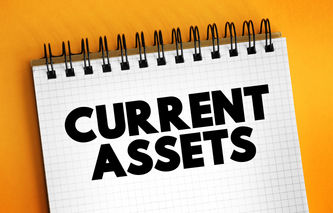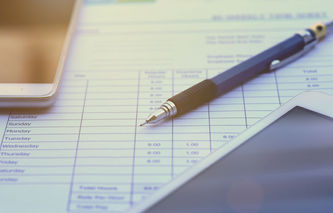Definition
The financial accounting term cash and cash equivalents refer to a company's assets that can be quickly turned into cash; these will be the company's most liquid holdings. Cash and cash equivalents appear in the current assets portion of the company's balance sheet.
Explanation
Current assets are those that can be turned into cash in less than 12 months. The balance sheet account cash and cash equivalents includes coin and currency, money market funds, certificates of deposit, as well as savings deposits and checking accounts with banks. Generally, these assets can be turned into cash in less than three months. For this reason, this account can also include Treasury Bills, short-term bonds, and some commercial paper holdings.
Marketable securities may also be classified as a cash equivalent. To qualify, an investment must have an insignificant risk that its value will change over time. For example, preferred stock that is near its redemption date has very little risk that its value will change; therefore, it may be classified in this category. Since the price of common stocks is relatively volatile, it is classified as a short term investment.


